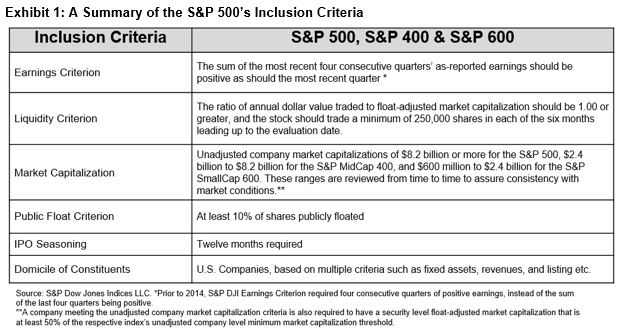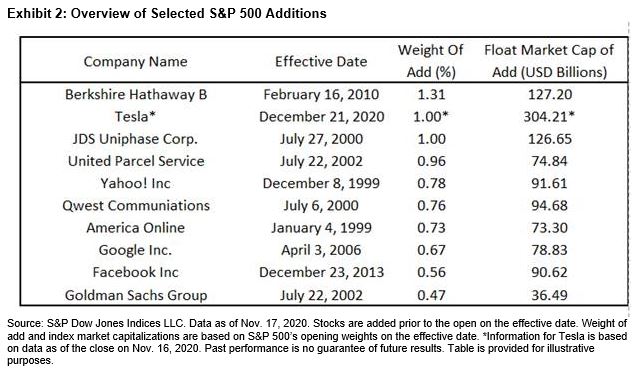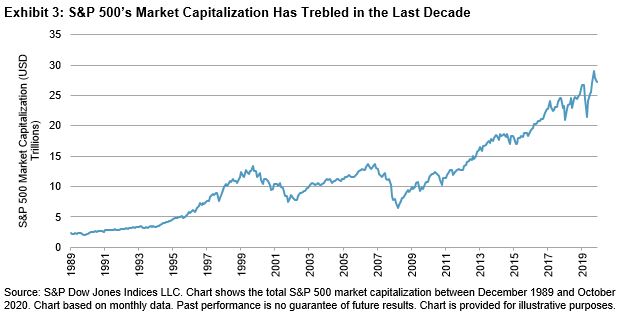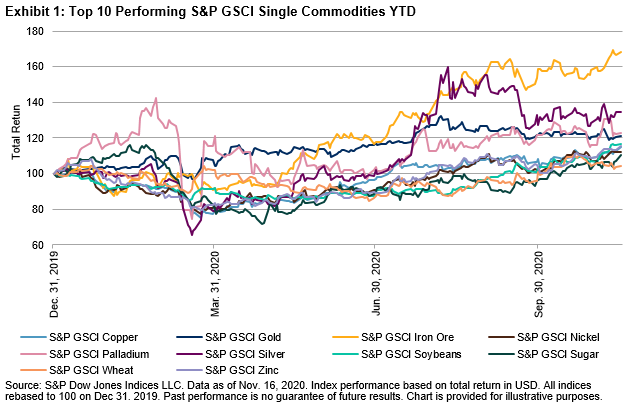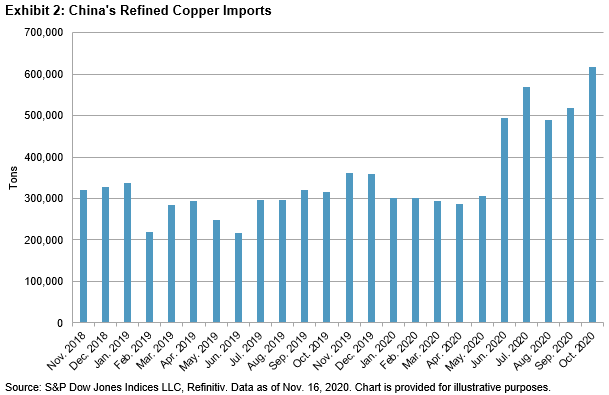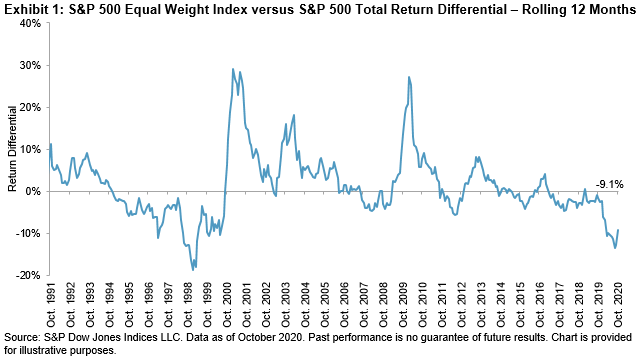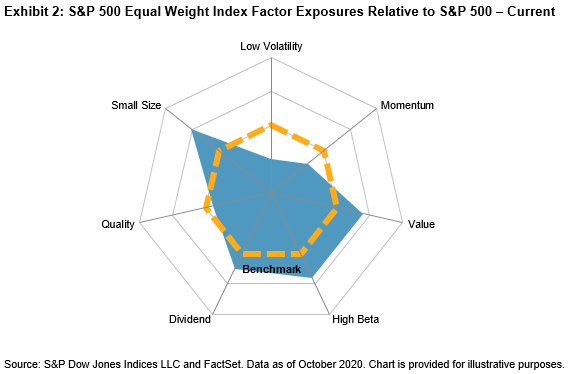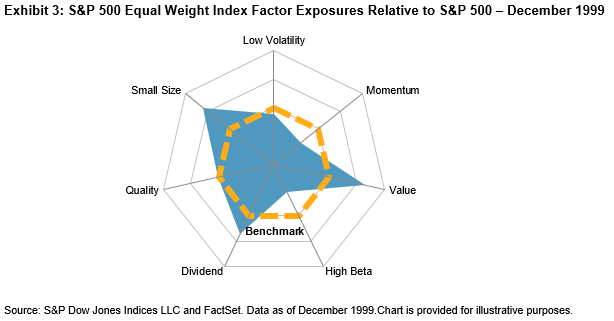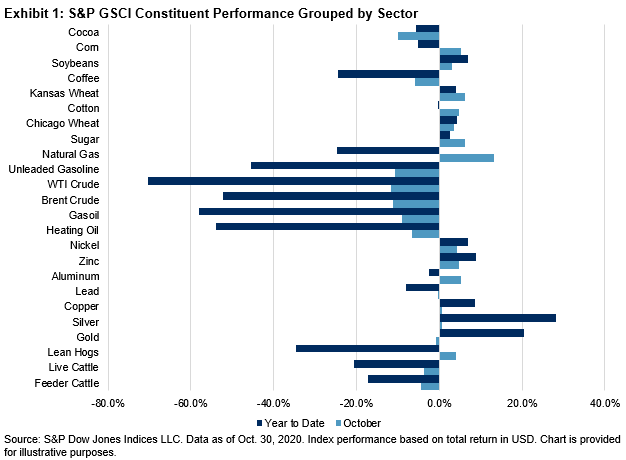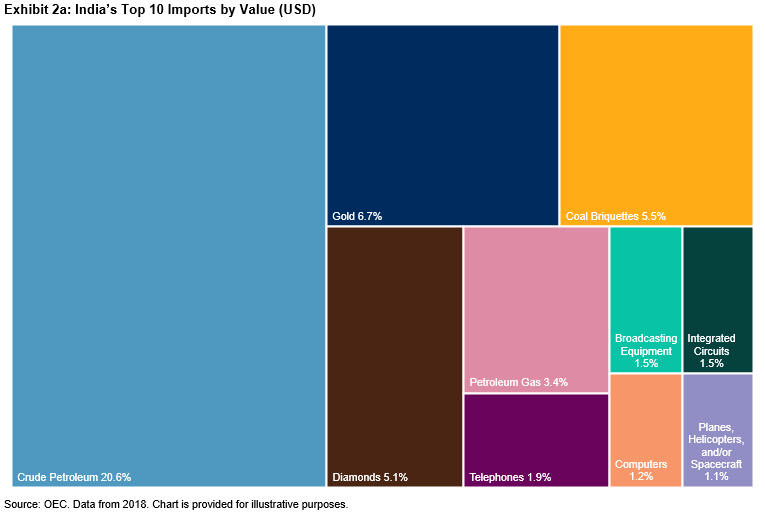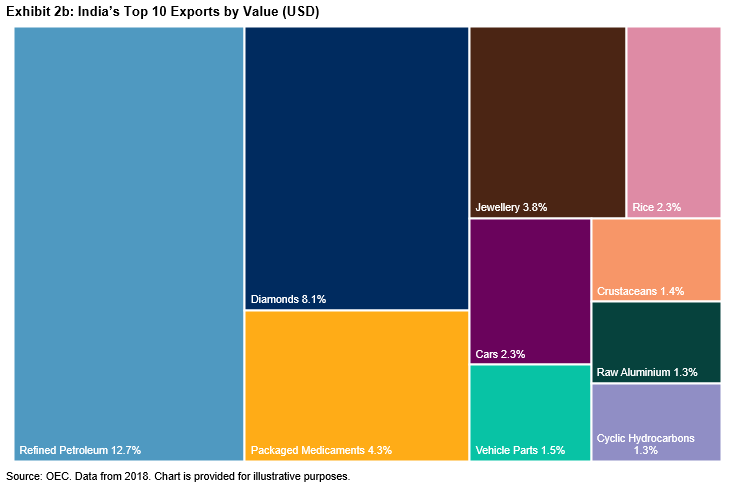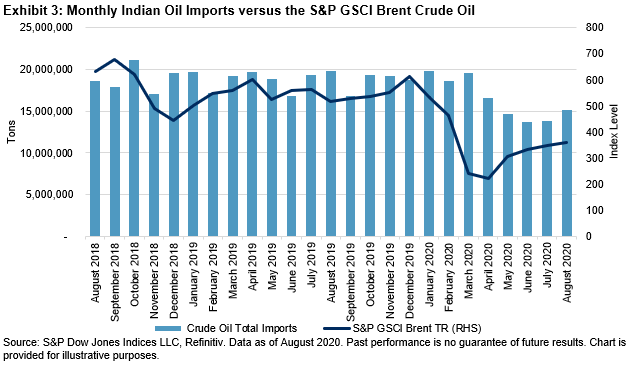It appears that environmental, social, and governance (ESG) investing is “all the rage”—not only in the Asia Pacific region but all around the world. At S&P DJI, we have spent a lot of time and effort thinking through how best to construct indices that consider ESG values. One of our more recent innovations has been to launch ESG versions of our headline indices. One such headline index is the S&P/ASX 200, for which we now have an ESG version, the S&P/ASX 200 ESG Index.
By way of a quick summary, the S&P/ASX 200 ESG Index uses the same universe of constituents as the benchmark S&P/ASX 200, and then we apply a three-step process of screening, sorting, and selecting companies to make up the S&P/ASX 200 ESG.
- The screening process removes any companies involved in the production or sale of tobacco, controversial weapons, and thermal coal, as well as those ranked among the lowest 5% of UN Global Compact scores. We also remove companies with an S&P DJI ESG Score that is in the bottom 25% of scores within their GICS® industry group globally.
- We then sort the stocks from best to worst, according to their S&P DJI ESG Score within each GICS industry group.
- Finally, we select stocks “top down” in each GICS industry group seeking to capture, as close as possible, 75% of the market capitalization. We repeat this process for each industry group.
Currently the S&P/ASX 200 ESG Index has 119 constituents, having removed 81 through the screen, sort, and select process.
In late September 2020, S&P DJI hosted a webinar with State Street Global Advisors, the Australian Securities Exchange (ASX), and a local financial adviser. We explored how the S&P/ASX 200 ESG Index was designed to be core to investors’ portfolios, and that the methodology adopted is not “puritanical,” but rather seeks to achieve a broadly similar risk/return profile to that of its benchmark, while providing investors with an index that also removes the worst-performing companies from an ESG perspective. In this way, market participants can be assured that they are not increasing risk, or foregoing returns, while also investing in a way that aligns with their values.
Tim Mackay, director and owner of Quantum Financial, provided some valuable insights from a practitioner’s perspective. Tim shared how the path he has trodden has led him to a point where he is advising clients to have ESG investing solutions at the core of clients’ portfolios. From a position of initial skepticism, where clients were not prepared to give up returns for a “feel good” investment, and where there were difficult trade-offs between the “E,” “S,” and “G” components (e.g., airlines pollute but employ lots of people, whereas clean industries don’t employ as many people), fee compression was the catalyst for taking a second look at sustainable investment solutions.
Tim also suggested that the uptake of ESG investing solutions has been turbo-charged by the COVID-19 pandemic, and after last summer’s bushfire in Australia, producing a slew of new investment products that are hitting the market in short order. While advisers may initially use these products as “satellite” investments, solutions that can sit at the core of a client’s portfolio are also emerging; exchange-traded products such as those that track the S&P/ASX 200 ESG Index can provide a diversified, transparent, flexible, and cost-efficient way to incorporate ESG into core investments.
The “ESG Goes Mainstream in the Wake of 2020 Upheavals” complimentary webinar replay is available on demand.
The posts on this blog are opinions, not advice. Please read our Disclaimers.










































